1. Bring them over to the crate or stand by it in a happy, encouraging tone.
Welcoming a new dog into the home is one of the most exciting times in a new dog owner’s life, but one of the most important things you have to consider is how you will train the dog.
“To establish a positive rapport with your puppy and prevent many future problems, start training a few days after your puppy settles in,”
Says expert dog trainer Kathy Santo.
“A relationship based on friendship and trust will ensure that he tries hard to win your praise and approval.”
But like many, finding the right training methods can be confusing. In this guide, you’ll learn the essential basics of training your dog, including significant benefits, things to consider before you begin, training options, and basic commands you should always start with.
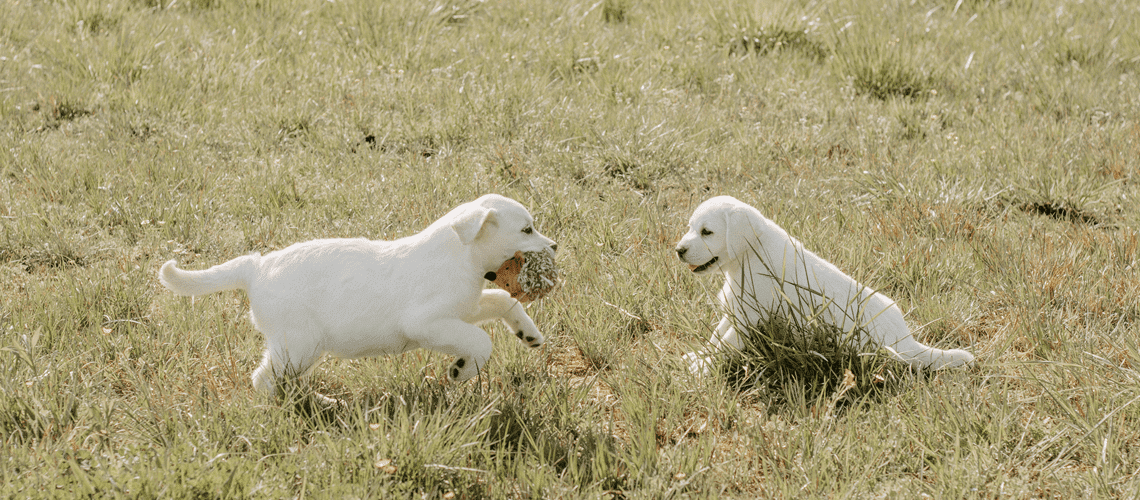
There’s a reason why these animals are a man’s best friend—and it’s because they literally aim to please! Experts suggest that training your dog enhances its brain function by stimulating its mind. It also causes the release of dopamine (also known as the pleasure chemical) in a dog’s brain.
Training your dog not only optimizes its brain function, but it will also bring numerous benefits that will last for the rest of its life.
Puppies need to be taught how to live in a home environment, and the best way to communicate that is by teaching necessary manners. Most importantly, when your dog knows what’s permitted, you’re more likely to avoid destructive behaviors. Providing a firm training program at a young age will lessen anxiety. And in doing so, your dog is also able to socialize with other dogs, animals, and people appropriately.
Although many would like to believe that dogs are naturally friendly and welcoming to strangers, this isn’t always true. All dogs need to be appropriately socialized if they’re ever going to cross paths with another human or animal. In fact, many owners found that dogs that are appropriately socialized are much easier to train.
Training your dog allows for a great opportunity to spend time together. Using positive reinforcement methods is proven to help encourage a relationship based on trust and respect instead of fear and anxiety. So whether you choose to prepare at home or with a professional, these extra hours of teaching essential skills is something your dog will never forget.
Training your dog should be fun. It’s a great way to bond with your new puppy while also teaching them valuable life skills through positive reinforcement. And if you’re considering training your puppy once it comes home, you can start as early as eight weeks old!
Before you begin training your dog, there are several things you first have to consider:
Before you begin training, you have the option to choose how you want your dog to respond to cues and commands. Clicker-training and treat-training are excellent options, although it may take a few attempts to find out what your dog responds to best. More often than not, owners opt for treat-training over anything else since dogs are food-motivated.

Among the first things your dog should know is how to follow basic commands, loose leading, and crate training. Mastering these skills may take a few months, but the key is always repetition—so be sure to practice these commands over and over for several weeks.
Training with basic commands gives your dog structure and helps avoid any behavioral problems. Plus, enforcing these commands is also a great way to have fun together—and learn some new tricks too!
Some basic commands include:
Teaching your dog to sit is the fundamental base of all other commands, so it’s best to start with “Sit!”
Stand in front of your dog with the treat in-hand. Raise it directly above its nose so that they can smell it. Then, move it back towards your dog’s ears. Their head should follow the line of the treat and automatically sit once it’s directly above them.
As soon as their bottom touches the floor, say your praise (“Yes!”) and reward with the treat. Do this a few times until it’s practically seamless. Next, you’ll work on training your dog to associate the cue word (Sit!”) with the action and the treat.
Make sure your dog is sitting appropriately with its bottom and hind legs firmly planted on the ground. If there is a few inches of space between the floor and their bottom, then keep trying until the right position is achieved.
Once your dog understands the motion and reward of sitting, you’ll continue saying the cue word. Display the treat in front of them and say, “Sit!” Then, as you move the treat over the nose, say, “Sit!”
You can continue practicing the command with the cue word while phasing out the hand motion. Eventually, your dog will solely recognize the word and won’t need the movement over their head.
Patience, consistency, and always rewarding with positive reinforcement is the best way to master a command. Experts recommend that you practice the “sit” command by the front door and their food bowl so that they can begin associating these two areas with sitting automatically and patience.
Once your dog has mastered this skill, you can stop giving treats every time they perform it. Eventually, you can move onto physical cues, like a hand symbol that means “Sit!”
Did you know that taking walks with your dog can improve your relationship? While leashing your dog is essential for its safety, it’s also an excellent way to bond and explore together! Still, the last thing any dog owner wants is to be pulled during a leisurely walk, which is why it’s essential to teach your dog how to do loose leash walking. For this session, you’ll need a buckle collar or chest harness, a six-foot non-retractable leash, and a bag of small treats.
Before your dog can learn to walk loosely, you have to get them to associate positively with their leash. Introduce it by letting them sniff it, then place it near their food bowl or inside their crate. Every time they show curiosity towards the leash, reward them with a treat. The goal here is to get your dog to identify the leash as a good thing.
Next, you’ll practice walking together in an enclosed area like a backyard. You’ll let your dog run freely at first. Then, casually attach the leash to the collar and let it hang loosely. Your dog might show interest in the leash and even chew on it a bit, which is okay.
Allow the attached leash to fall to the ground, and then call your dog to walk with you around the perimeter of your backyard. Encouraging your dog to stay by your side might be a bit of a challenge, which is why it’s best to use treats every few steps with a praiseful voice.
Try to take a break every few minutes and let your dog go off on its own in the yard. These mental breaks are helpful for both of you!
Once your dog has gotten comfortable walking with you, it’s time to take it to the streets. On your walk, you’ll practice everything you did in the backyard. When your dog is walking with you and not pulling, you’ll reward them with a treat every few steps.
If they start pulling, then you can retrain this behavior easily. Stop immediately and take several steps backward. While walking backward, call your dog over to you in an encouraging voice. This helps correct the direction and movement your dog was just going in. Once they’re at your side, then start walking forward normally again.
If your pup continues walking nicely with you, reward with a treat every five steps. Getting the hang of loose leash walking may take lots of practice, so be ready to take a few steps back every time your pup tries to pull you forward.
Reinforce this step every time your dog pulls. Consistency is critical during training!
Crate training is the best way to housebreak your dog while also enforcing essential routines. And like a leash, your dog should have a positive association with its crate—so the crate must get introduced slowly and appropriately.
Your dog’s new crate should eventually turn into its den: a place of their own where they can spend hours comfortably. Before you can get to that point, you have to teach your dog that the crate is a place they want to be.
Whether you choose a fabric or wire crate, it needs to be large enough for the puppy to stand up in, turn around, and lay down comfortably. If your dog is still growing, make sure to choose a crate that accommodates its adult size.
When you first bring the crate home, install it in an area of the home where the whole family spends a lot of time. For most, this is the living room area. Then, take off the door and put some soft blankets and toys inside. Some dogs are naturally curious and might gingerly go inside. Other dogs, however, might not be as easy to persuade.
If your dog isn’t interested in going inside the crate, then you can try these helpful steps:
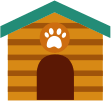
1. Bring them over to the crate or stand by it in a happy, encouraging tone.
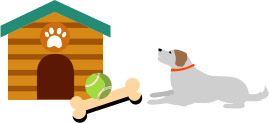
2. Place treats or toys around and inside the crate. Slowly toss more treats deeper into the crate as they show interest near the entrance.
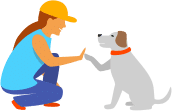
3. Reward them with praise and treats for going inside.
Regardless of how receptive your dog is, it’s still going to take a few days to weeks to get them comfortable with being inside the crate. The next few steps cover positive association and practicing confinement.
Did you know that dogs respond better to food rewards than social rewards? Although praise is helpful, nothing gets your puppy more excited than mealtime. So, once your dog is comfortable inside the crate, it’s time to begin feeding regular meals next to it.
If your dog has already comfortably gone inside the crate, then you can begin feeding them inside and practicing small periods of confinement. Start by closing the door as they eat and opening as soon as they’re finished. Over time, slowly increase how long you keep the door closed after they’ve finished eating. If they begin crying, then you know to cut the time shorter for next time.
When your dog is eating meals regularly inside the crate without any signs of anxiety, it’s time to practice confinement for long periods. Now is the time when you can begin using cue words, like “kennel” or “crate.”
Once your dog is comfortable for up to 30 minutes, you can leave your home for short durations.
As your dog gets more comfortable and secure in their crate, you can begin extending your time away.
When commanding your dog to go inside, you should always use the cue word and reward with a treat and praise when they obey. Continue crating them when you are home so that they don’t only associate the space with being home alone.
Arrivals and departures should be simple and to the point. Although it’s a challenge, try not to show any emotion or excitement when crating or letting them out. This way, you’re minimizing your dog’s anxiety and they learn that their crate is a no-nonsense routine.
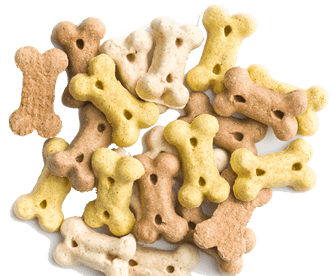
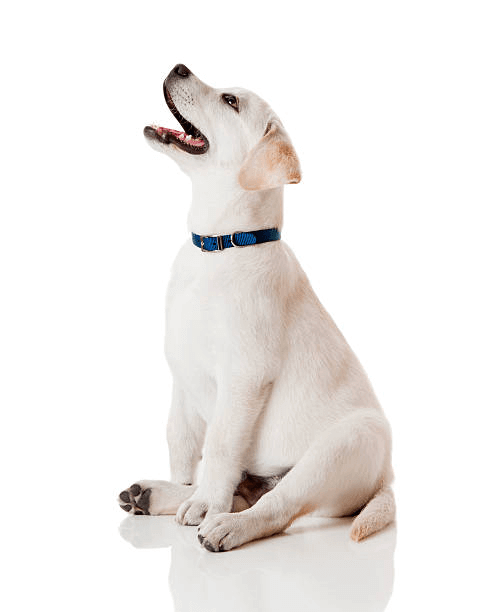
Dogs may naturally be a man’s best friend, but it’s also up to the owners to create an environment where they can learn, be stimulated, and find structure in everyday life.
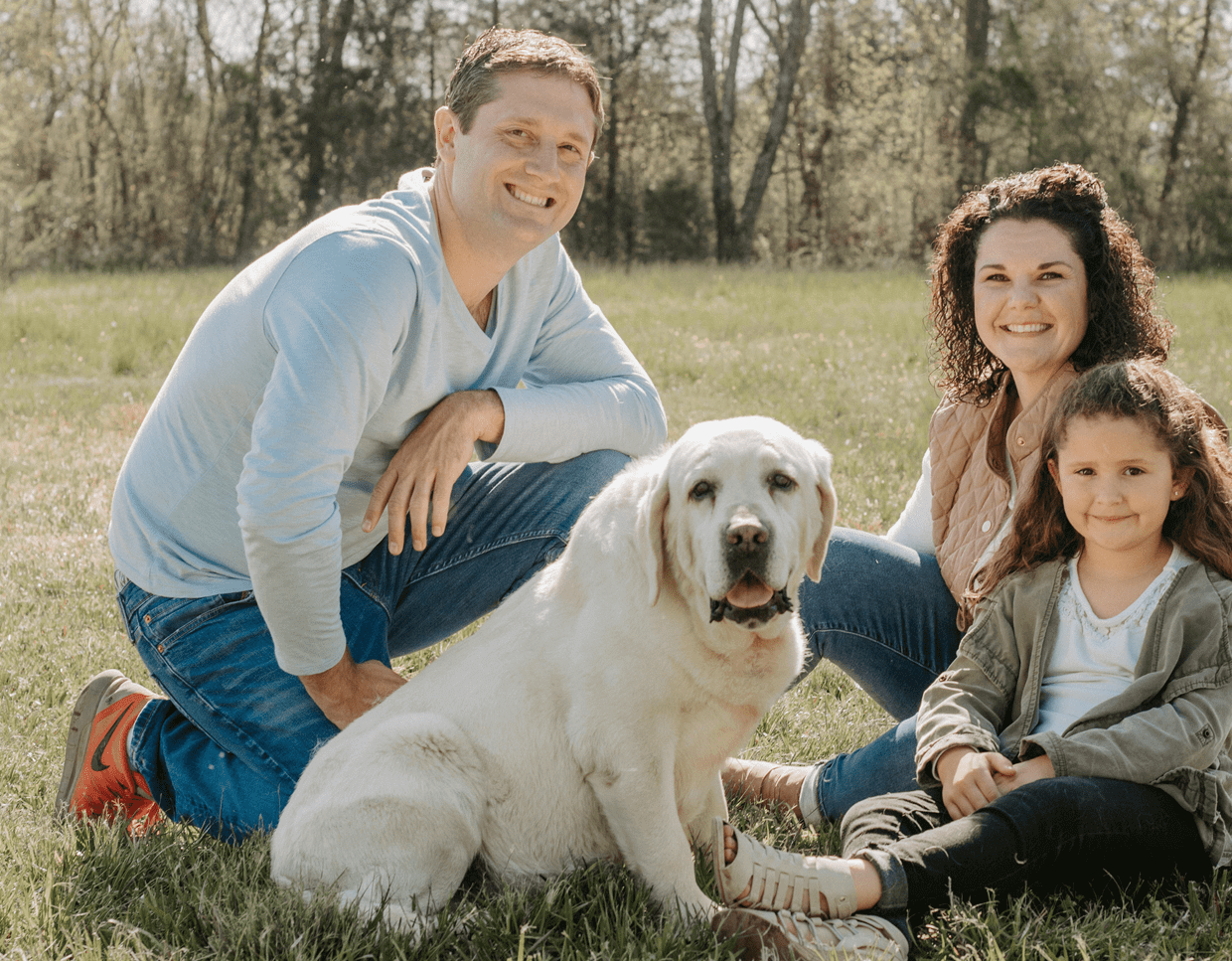
After all, a well-trained and socialized puppy will always turn into a confident and happy adult—which is why obedience education is the best thing you can do! Knowing basic commands, how to walk on a leash, and finding comfort in its crate are the most essential keys to start right in puppyhood.